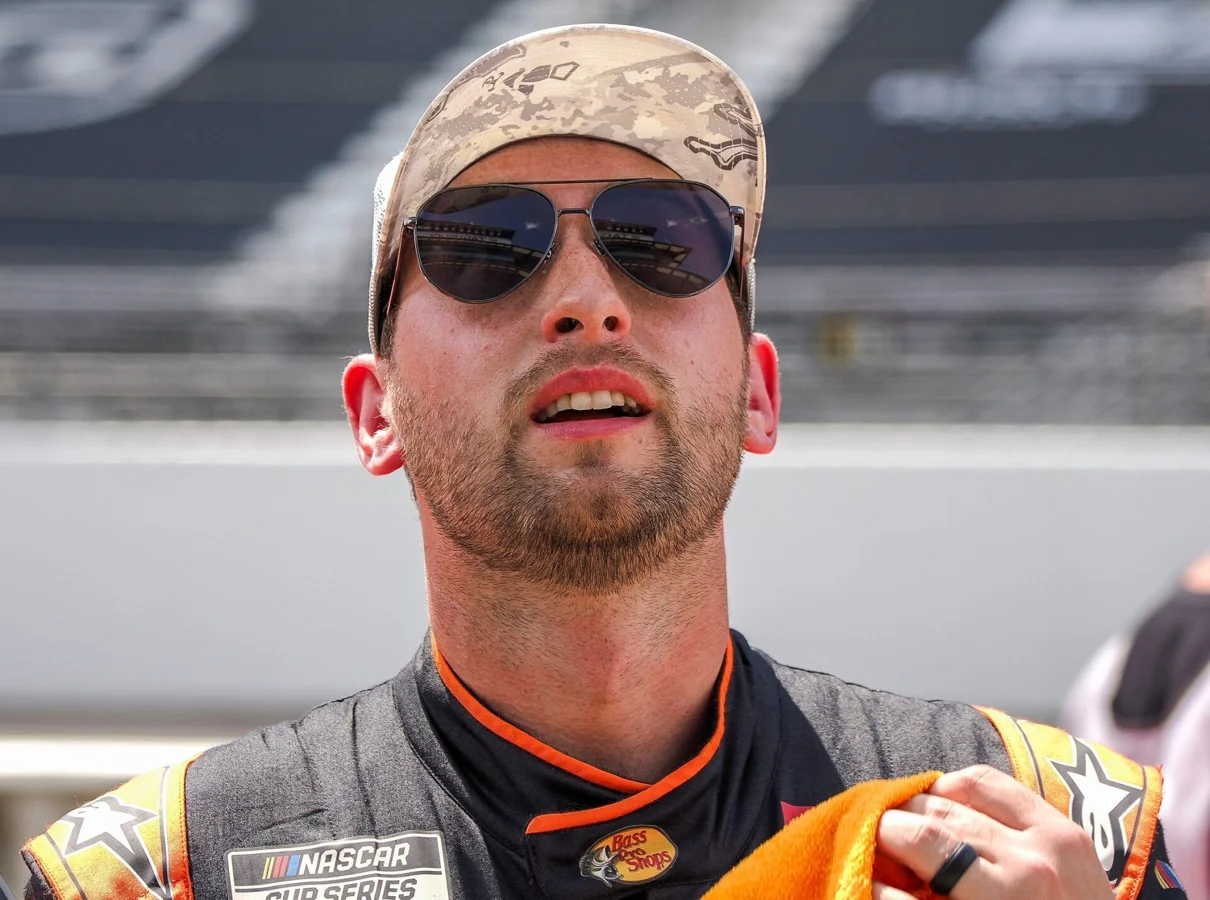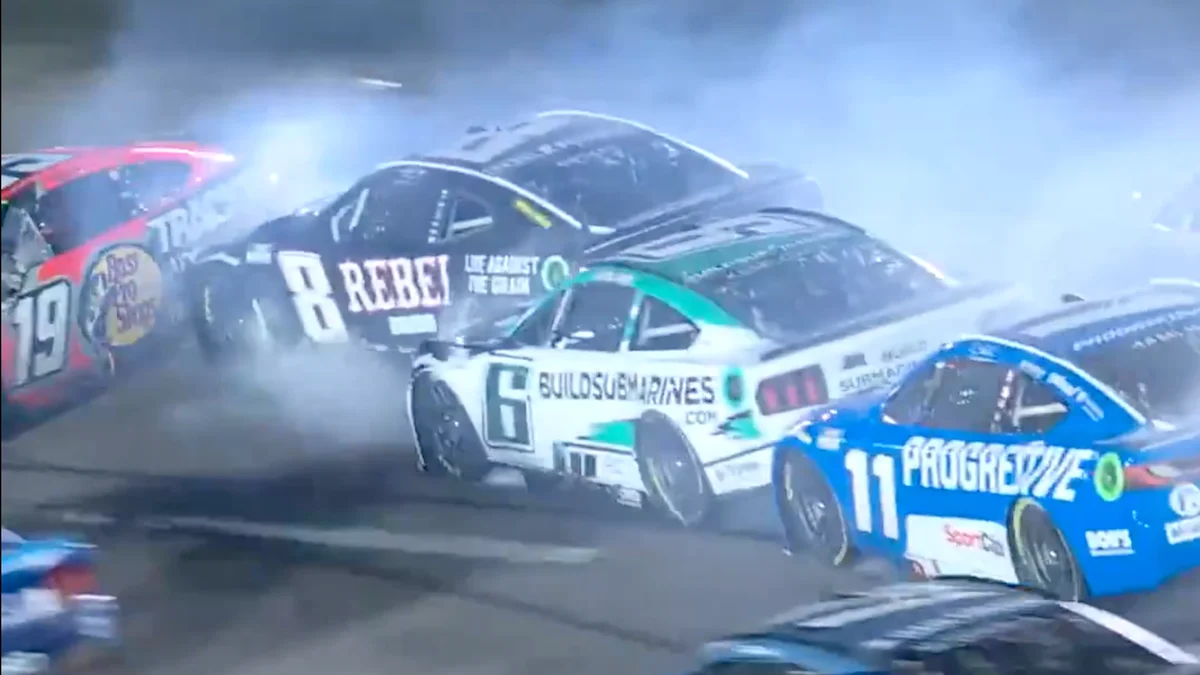NASCAR driver Chase Briscoe warns NASCAR on track surface as Chicagoland Speedway is set to return to the Cup Series in July 2026, voicing concerns that resurfacing could harm the racing experience. Briscoe’s message arrives just as NASCAR invests millions in facility upgrades, raising questions about how the track’s surface will impact competition and fan enjoyment.
Briscoe Voices Concerns as Chicagoland Prepares for Return
Chicagoland Speedway, a 1.5-mile oval, is making a highly anticipated return to the NASCAR schedule after a seven-year break, with races slated for July 3–5, 2026. On July 5, the Cup Series will headline the event, following the NASCAR O’Reilly Auto Parts Series and the ARCA Menards Series on preceding dates. As fans and teams welcome the comeback, attention has turned to the condition and future of the racing surface itself.
Chase Briscoe, whose experience in the Cup Series has given him firsthand knowledge of how track conditions shape racing quality, immediately addressed NASCAR following news of the track’s revival.
“ECSTATIC, thank you @NASCAR for going back! Just please don’t touch the surface.”
—Chase Briscoe, Cup Series Driver
The driver’s plea is rooted in both nostalgia and hard-earned lessons from recent events. NASCAR has earmarked roughly $4 million for rejuvenating the facilities, covering fresh paint, installation of new SAFER foam barriers, grandstand and suite renovations, as well as parking lot repaving. Absent from these plans is any confirmation of a track surface repave. Briscoe’s caution, however, has spotlighted the risk associated with resurfacing, especially after what happened at Iowa Speedway.

Lessons from Iowa Spark Warnings Over Repaving
Briscoe’s warning took on added urgency as he referenced the situation at Iowa Speedway, where a partial repave in 2024 dramatically changed racing dynamics and drew frustration from competitors.
“Please don’t do the Iowa repave,”
—Chase Briscoe, Cup Series Driver
His comparison to Iowa comes from a place of personal experience.
“I wish they’d repave this place all the way to the wall, just so we could have more room to move around,”
—Chase Briscoe, Cup Series Driver
He added detail about the race-day challenges, stating,
“It’s definitely really difficult to pass. You’re so limited. The racetrack’s only two or three lanes wide and you just take the guy’s air.”
—Chase Briscoe, Cup Series Driver
The data supports Briscoe’s concerns. In 2023, Iowa’s event saw more than 1,500 passes, but after the 2024 repave, that number slumped to just 192. Position changes dropped from 319 to only 100. These numbers highlight a significant reduction in competitive opportunities on the racing surface, deepening the disappointment and tension in the NASCAR community.
Fans and Competitors Rally Behind Briscoe’s Stand
Briscoe’s appeal to preserve the original surface has not gone unnoticed by fans and fellow competitors. On racing forums and social channels, the consensus is clear, with many echoing his agitation over the risks of a resurfaced Chicagoland.
“If they are dead set on repaving Chicagoland, then we might as well not return there at all because the racing product will be putrid.”
—Fan, Reddit user
The broader call is for NASCAR to focus its $4 million upgrade budget on areas such as seating, amenities, and parking, while leaving the historic racing surface untouched. Supporters, including other drivers and veteran fans, argue that the track’s original pavement was a crucial element of its competitive reputation from 2001 to 2019 and that resurfacing could diminish the very appeal that made the venue a favorite for drivers and spectators alike.
Possible upgrades, like improved Wi-Fi and more comfortable grandstand seating, have been floated as higher priorities than altering the racing surface. Briscoe’s viewpoint is gaining traction as many in the racing world recall past repave misfires and wish to avoid a repeat at a track so closely linked with memorable Cup Series moments.
Decisions at Chicagoland May Shape NASCAR’s Next Chapter
NASCAR’s choice regarding the Chicagoland track surface is likely to carry weight well beyond one event or location. Briscoe’s outspoken warning has put management decisions under scrutiny, highlighting widespread unease and dissatisfaction with recent repaving efforts throughout the sport.
If NASCAR heeds Briscoe’s advice, the move could help the organization preserve what makes its events exciting and competitive for both drivers and fans. Future track renovation efforts may be influenced by how the organization handles the situation at Chicagoland, setting a precedent for balancing facility upgrades with maintaining the character of racing surfaces. The racing world will be paying close attention as the 2026 return approaches, eager to see whether NASCAR can meet the expectations of its most passionate stakeholders.
